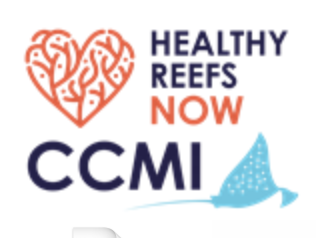Application for UNESCO World Heritage Site: Little Cayman Marine Parks & Protected Areas

Today, the United Kingdom announced that the Little Cayman Marine Parks and Protected Areas will be considered for UNESCSO World Heritage Site Status. Most nations around the globe are struggling to meet the United Nation’s target for 30% protection for precious marine ecosystems, yet Little Cayman has 75% marine park protection, thanks to a long-term commitment from the Cayman Islands Government and Cayman Islands Department of Environment (CIDOE). This protection and foresight have been the basis for this UNESCO application.
Little Cayman’s reef ecosystem undoubtedly benefits from low human impact and increased protection. The Marine Protected Areas (MPAs) here have been proven as successful via long-term monitoring by the CIDOE and the Central Caribbean Marine Institute. What makes this precious marine ecosystem stand apart, however, is the plethora of local interest and engagement, from the CIDOE, the Grouper Moon project, the Central Caribbean Marine Institute and the Little Cayman community, which all contribute to the data collection and increased understanding of ‘how’ to protect the marine environment for generations to come.
Critical species, a key Nassau grouper spawning aggregation site (protected since 2001), resilient coral reefs, a healthy abundance of apex predators and rebounding fish populations contribute to an area of outstanding natural beauty and value, to both the Cayman Islands and the UK. The UK Overseas Territories, many of which are tropical, contribute to over 94% of the UK’s biodiversity. Raising the profile of Little Cayman’s long-term commitment to MPAs as a case study on a world stage is a positive stance for how marine resources can be protected effectively.
The UNESCO application was spearheaded by CCMI Board Director and Co-Founder, Peter Hillenbrand, in partnership with the CIDOE. We wish the team all the best for the next stage of this remarkable application.





